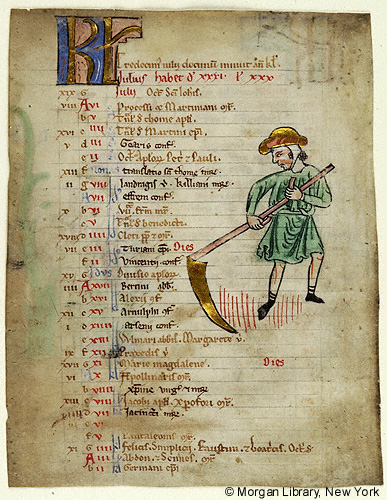Reference




OpenAI's Answer
The medieval Christian calendar significantly influenced the secular calendar in Europe through its integration of religious observances into the daily lives of people. The Church calendar was filled with festivals, feast days, and holy observances that dictated how time was measured and celebrated. Laypeople were expected to attend services on special days and observe fasting periods, such as Lent, which aligned with the Church's liturgical year. This structure created a rhythm of life that blended religious and secular activities.
For example, important dates like Christmas and Easter became central to both ecclesiastical and civic calendars, often dictating social gatherings, agricultural practices, and community events. The medieval church's calendar not only marked the passage of time but also established a collective identity among Christians, influencing local customs and traditions across Europe.
Moreover, the Church's calendar introduced the concept of marking time through a systematic structure of weeks, months, and seasons, which later evolved into the Gregorian calendar adopted in the late 16th century. This system included the calculation of Easter based on lunar cycles, a practice that influenced the way secular calendars were formulated.
In essence, the medieval Christian calendar's emphasis on religious observance and its detailed organization of time laid the groundwork for how time was understood and celebrated in secular contexts, ultimately shaping the modern calendar systems we use today.
For further insights, you can refer to the following sources:
- The Medieval Church Calendar: A Guide To The Holy Days
- Calendars and Time (Christian) - Medieval Studies - Oxford Bibliographies
Here are some relevant images depicting medieval calendars:




